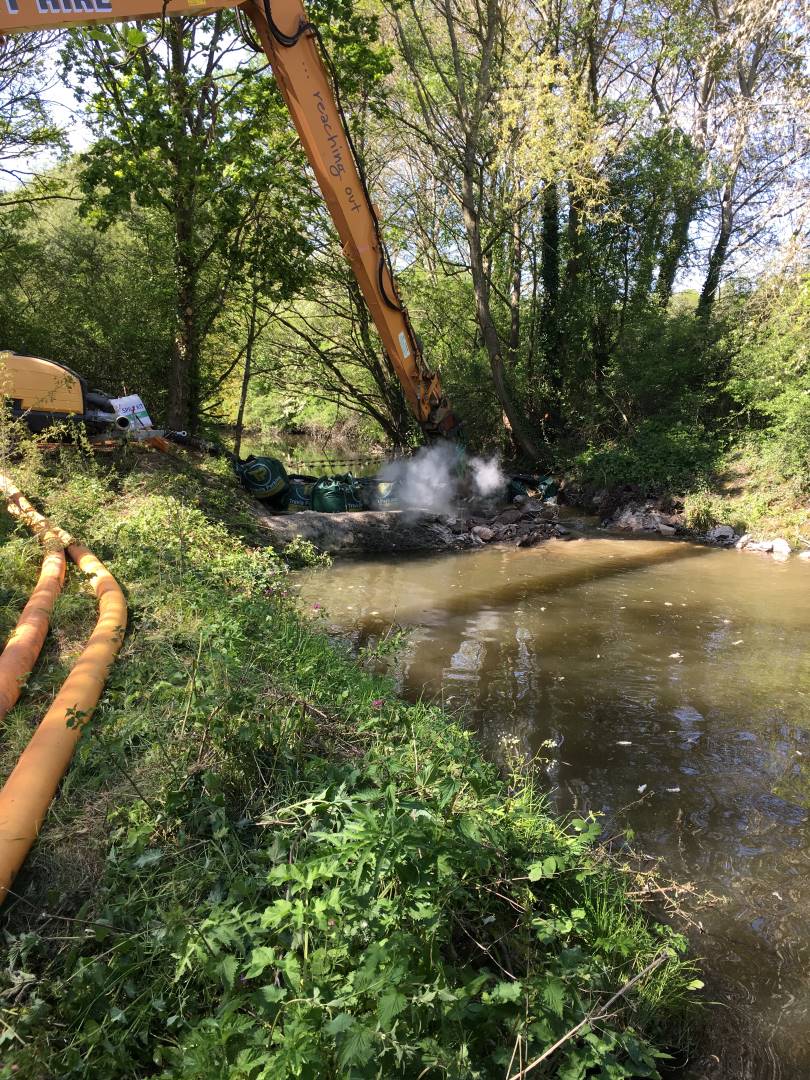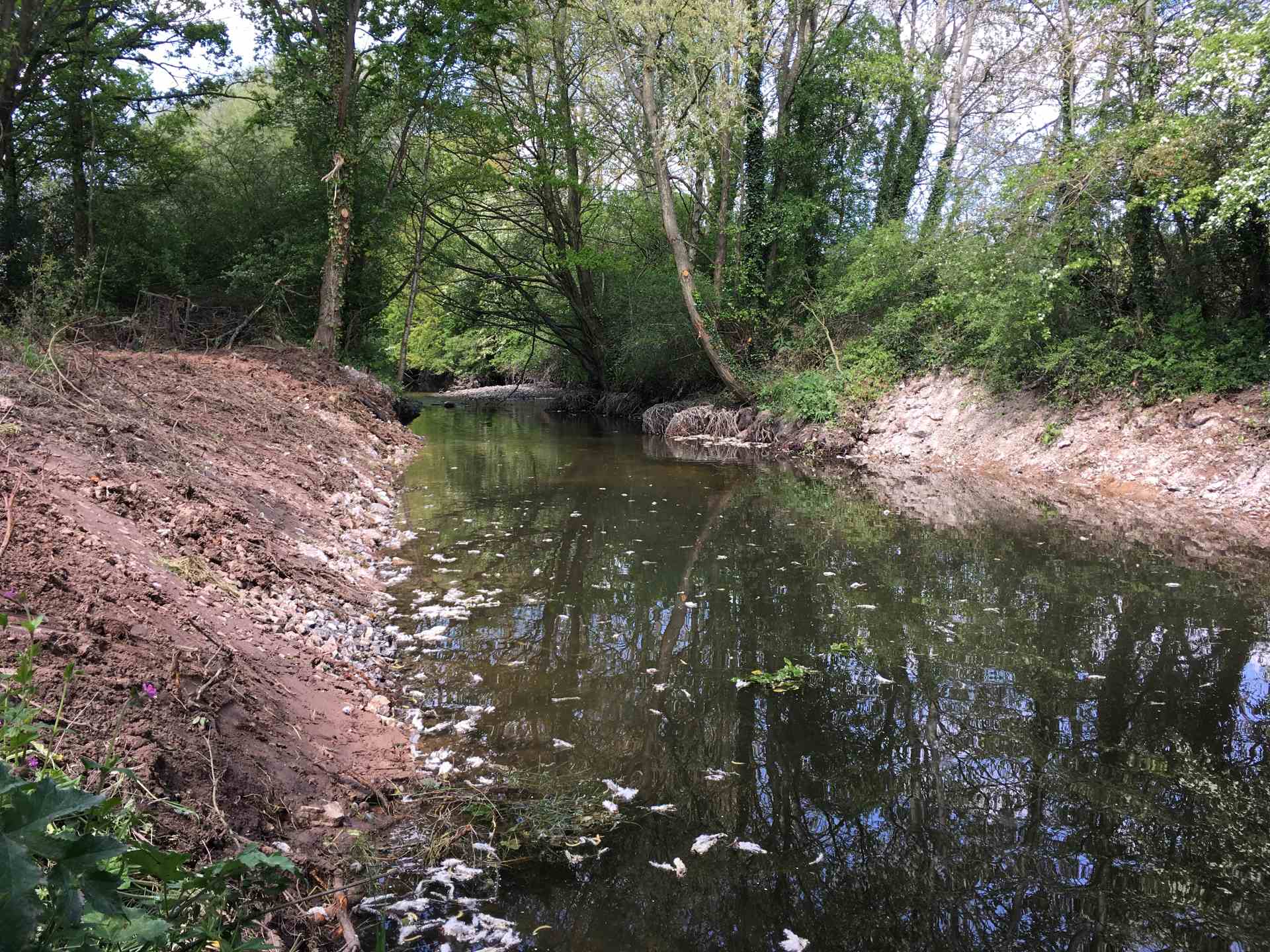What are the techniques for improving riverine longitudinal connectivity?
"Overwhelmingly, best practice guidance advocates the removal of weirs as the priority option for longitudinal connectivity improvement schemes. This approach not only directly and immediately addresses longitudinal river fragmentation, but also provides the best conditions for sustainable self-recovery. When done in combination with the removal of embankments and hard bank protection, and bed-reprofiling such that lateral connectivity is also improved, the river and floodplain are rightly and necessarily treated as functionally linked ecosystems.
Best practice goes on to advocate, where complete barrier removal isn’t feasible, the alternative option should be reducing the height of weirs and/or providing bypass routes. The now withdrawn Environment Agency Fish Pass Manual provides greater granularity of options at this point by advocating consideration of modification to any existing fish pass, construction of low-cost informal solutions to assist fish passage, and then finally when none of the above are applicable, construction of formal fish passes or easements.
How does best practice align with the carbon reduction hierarchy?
PAS 2080 sets out a carbon management process in buildings and infrastructure that supports a transition to a net zero carbon economy. Clause 4 of PAS 2080 states that “At the core of the principles is the fact that no asset of the built environment can function in isolation from its surrounds: its construction, operation and use impacts on and is impacted by the functions of networks and systems of which it is part.” I would draw direct parallels here with the need to consider rivers and their floodplains holistically, as a complex arrangement of interconnected systems, in order to deliver effective river restoration.


The scale and complexity of engineered intervention, as the above longitudinal connectivity options are worked through from most to least favourable, echo the intention of the carbon reduction hierarchy given in PAS 2080: Avoid (is the asset actually needed) – Switch (adopt a solution that reduces whole life emissions such as a natural bypass channel that requires little maintenance)) – Improve (adopt a solution that improves the design life of an asset by applying circular economy principles). Even where designers are forced to a technical fish pass option when trying to improve longitudinal connectivity, the ‘Improve’ stage can still be applied through, for example, the use of low carbon materials, including concrete and associated reinforcing.
Typically, over 90% of the embodied CO2e in concrete is from the cement portion with the most common being Ordinary Portland Cement. The largest opportunities for reducing the carbon emissions from concrete often come from opting for concrete that contains cement replacers e.g. pulverised fly ash (PVA) or ground granulated blast furnace slag. Some suppliers even claim to offer carbon neutral concrete by offsetting the remaining emissions.


For more information on the steps we’re taking to reduce carbon across our riverine longitudinal connectivity improvement services, please contact Jon Whitmore.

